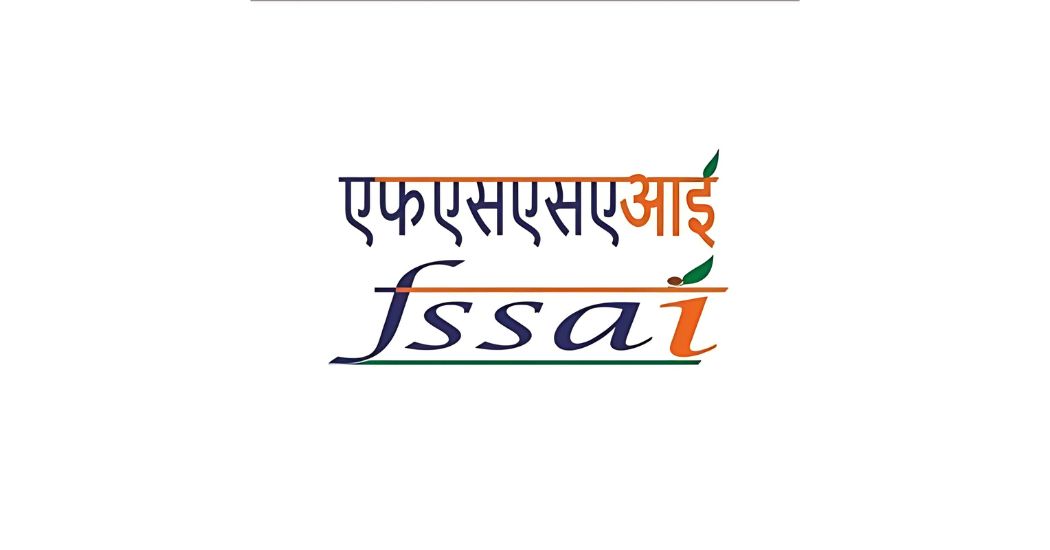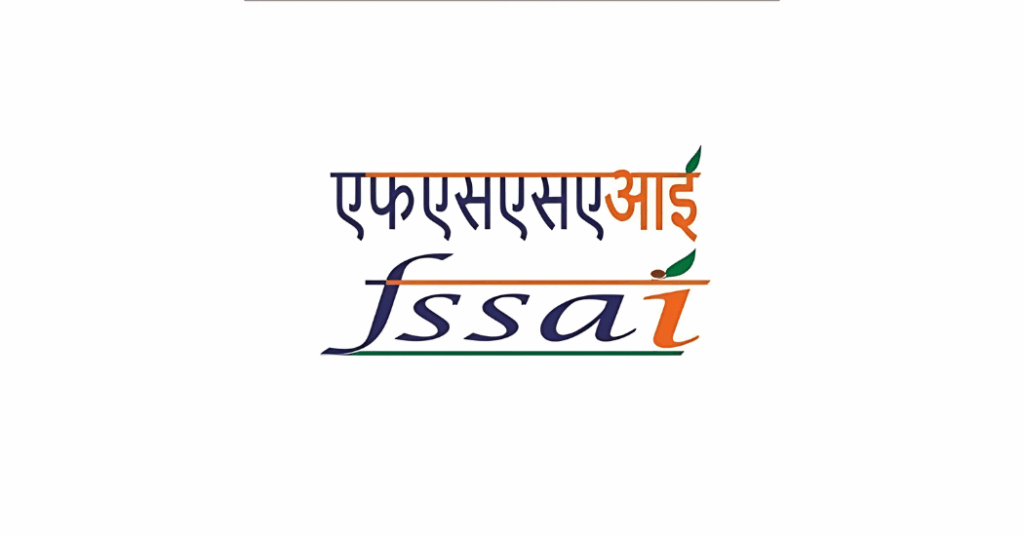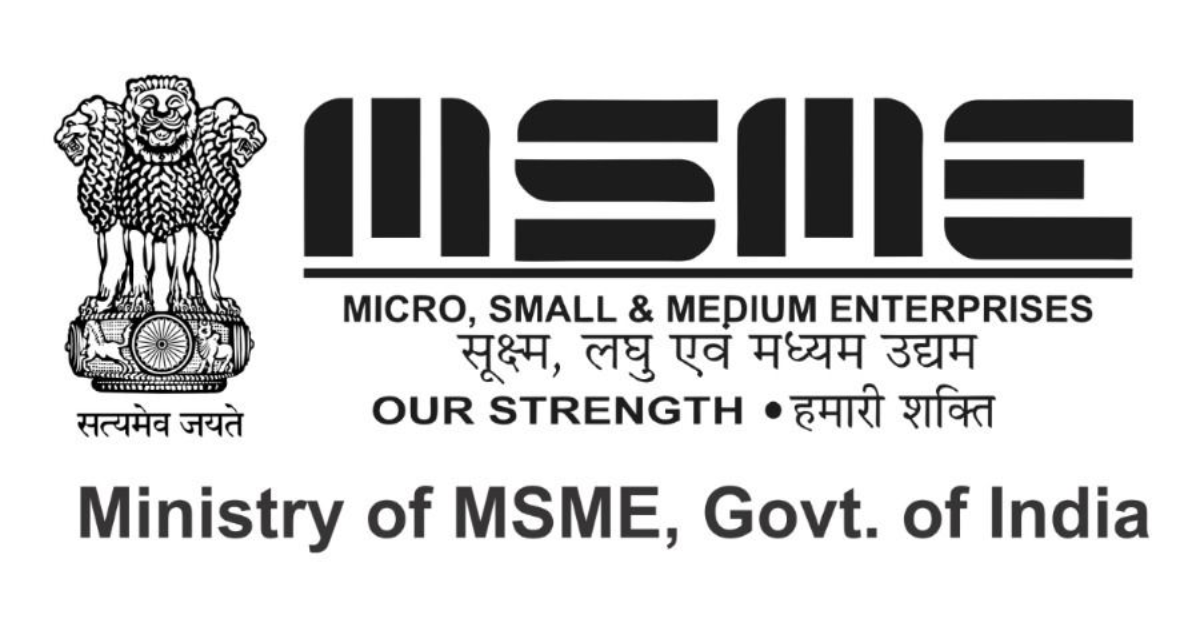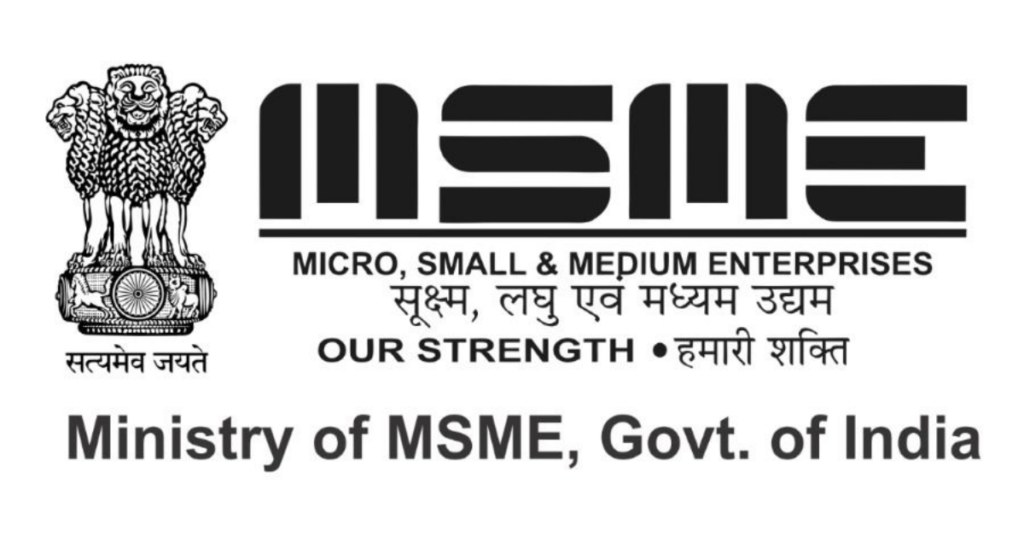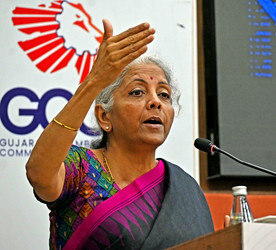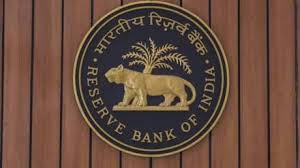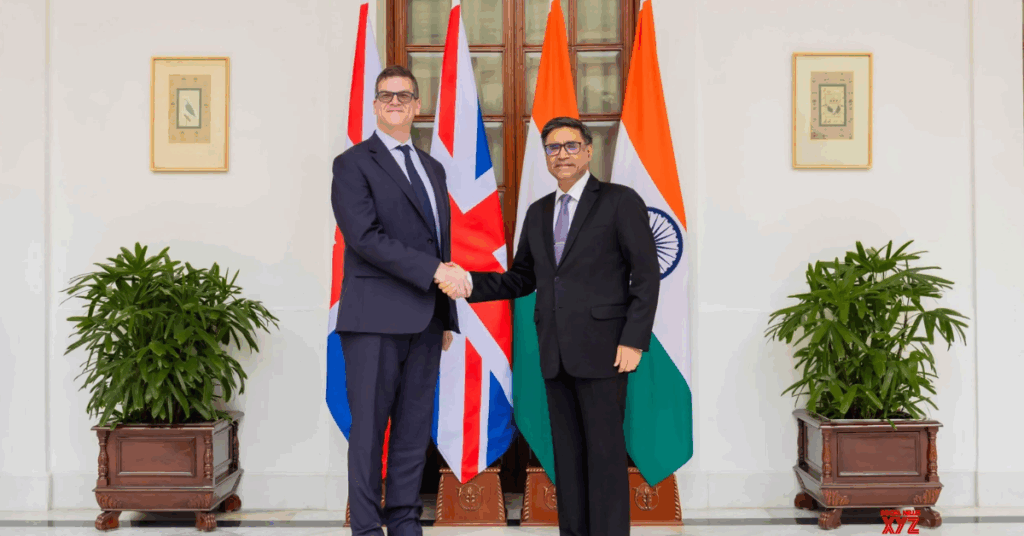
Small business confidence dips amid trade worries
Small business confidence is taking a hit as concerns surrounding international trade escalate. The dip in the ASSOCHAM–Dun & Bradstreet Small Business Confidence Index (SBCI) for the April–June 2025 quarter reflects this growing anxiety. Many SMEs are worried about the potential ramifications of global trade uncertainty, including tariffs, trade wars, and disruptions to supply chains. These factors are casting a shadow over the business outlook for many firms.
Specifically, businesses that are heavily reliant on exports or imports are feeling the pressure most acutely. Increased costs associated with tariffs and logistical challenges are squeezing profit margins. Some businesses are contemplating diversifying their supply chains or exploring alternative markets to mitigate the risks. However, these adjustments require time and investment, adding to the existing concerns about economic slowdown.
The unease surrounding global trade is also affecting investment decisions. Many SMEs are adopting a more cautious approach, delaying or scaling back expansion plans until the outlook becomes clearer. This hesitancy to invest could have broader implications for economic growth, as SMEs are significant contributors to job creation and innovation. The situation in Q1FY26 remains uncertain, with many businesses closely monitoring developments in global trade negotiations.
Confidence Index Declines
Despite the dip, the index remains 6% higher on a year-on-year basis and well above its long-term average, reflecting a phase of cautious optimism among India’s small and medium enterprises (SMEs). India’s small business sentiment has seen a slight moderation in the April–June 2025 quarter, as the ASSOCHAM–Dun & Bradstreet Small Business Confidence Index (SBCI) edged down by 1.8% from the previous quarter, settling at 105.4.
Despite the dip, the index remains 6% higher on a year-on-year basis and well above its long-term average, reflecting a phase of cautious optimism among India’s small and medium enterprises (SMEs).
The decline in the SBCI signals a cooling off from the more buoyant sentiment observed in previous quarters. While still positive, the index level of 105.4 suggests that SMEs are becoming more circumspect about the immediate future. This moderation is primarily driven by concerns over global trade uncertainty and the potential for an economic slowdown, which are impacting their business outlook.
Several factors contribute to the index’s decline. Rising input costs, coupled with fluctuating demand in both domestic and international markets, are putting pressure on SMEs. Furthermore, access to credit remains a challenge for many smaller businesses, hindering their ability to invest and expand. The situation in Q1FY26 will be critical in determining whether this is a temporary blip or a more sustained downward trend in small business confidence.
Impact On Investment Plans
The prevailing economic slowdown and global trade uncertainty are directly influencing the investment strategies of Indian SMEs. A noticeable trend is the postponement of capital expenditure, with many businesses opting to conserve resources rather than embark on new ventures or expand existing operations. This risk-averse approach stems from the fear that adverse trade policies or a further dip in demand could render new investments unprofitable.
Specifically, planned investments in areas such as technology upgrades, infrastructure improvements, and workforce expansion are being reassessed. While some SMEs are proceeding with essential upgrades to maintain competitiveness, discretionary investments are largely on hold. This cautious stance could have a knock-on effect on innovation and productivity growth within the sector, potentially hindering long-term economic development. The impact on investment plans is a direct consequence of the decline in small business confidence.
Furthermore, the availability of credit plays a crucial role in investment decisions. With increased uncertainty, lenders are becoming more stringent in their lending criteria, making it harder for SMEs to access the finance they need. This tightening of credit conditions further exacerbates the investment slowdown, particularly for smaller businesses that rely heavily on external funding. The outlook for Q1FY26 remains uncertain, with investment plans contingent on a more stable and predictable economic environment.
Government Response Examined
In response to the dip in small business confidence and the growing concerns surrounding global trade uncertainty, the government is actively exploring measures to support SMEs. These measures aim to mitigate the negative impacts of trade tensions and bolster the business outlook for smaller enterprises. Several initiatives are under consideration, focusing on easing access to credit, reducing regulatory burdens, and promoting domestic demand.
One key area of focus is streamlining the process for SMEs to obtain loans and credit facilities. The government is working with banks and financial institutions to encourage more lending to the sector, particularly for businesses affected by the economic slowdown. This includes exploring options such as credit guarantee schemes and interest rate subsidies to reduce the cost of borrowing for SMEs. Efforts are also underway to simplify compliance procedures and reduce the administrative burden on small businesses, freeing up resources for investment and growth.
Furthermore, the government is actively promoting domestic demand to offset the impact of reduced export opportunities. This involves initiatives such as infrastructure development projects and incentives for local manufacturing. These efforts aim to create a more supportive environment for SMEs to thrive, despite the challenges posed by global trade uncertainty. The government’s response in Q1FY26 will be critical in shaping the future of small business confidence and ensuring the continued growth of the SME sector.
